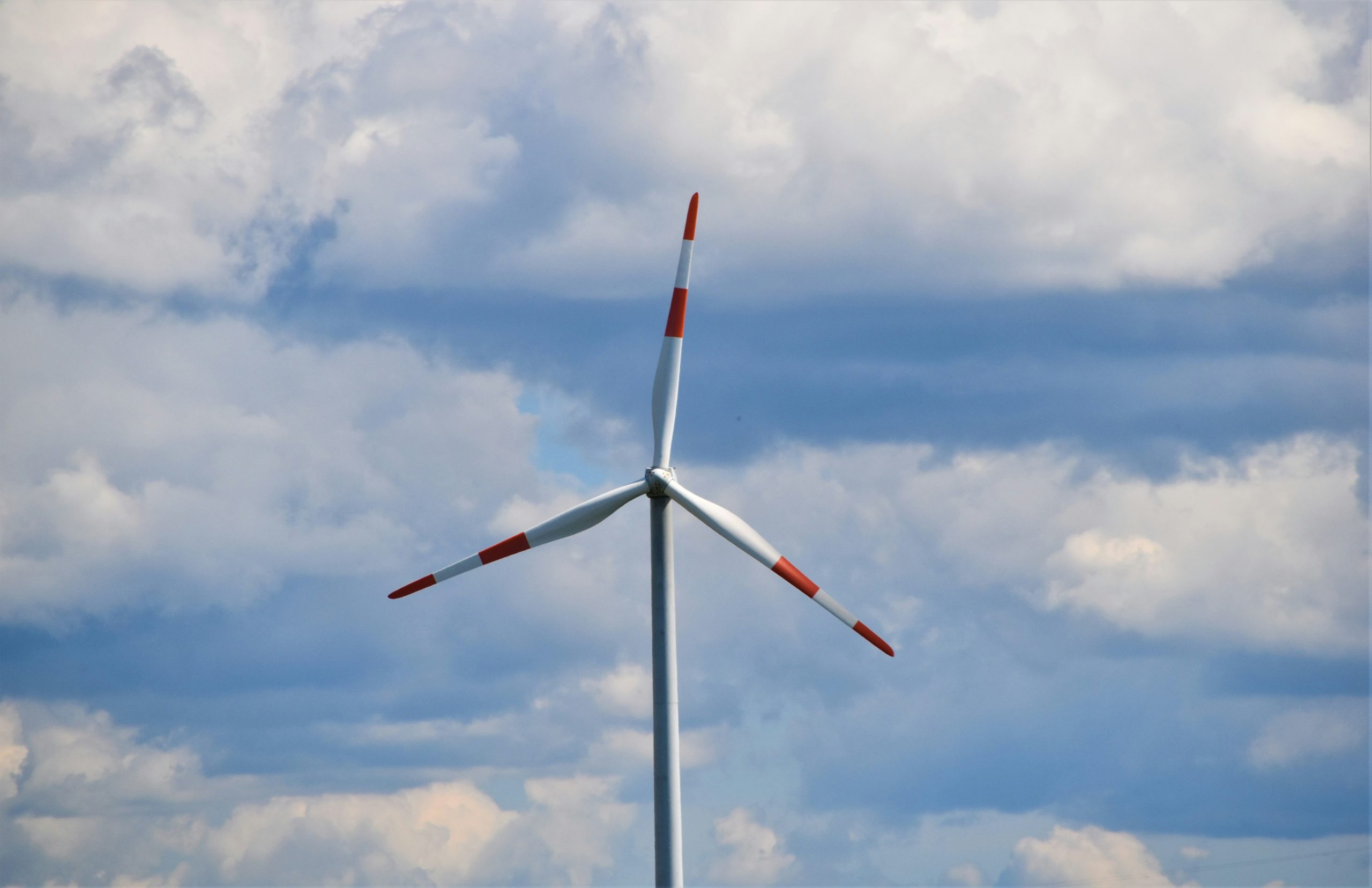Denmark and Germany have agreed to complete the planned Bornholm Energy Island, after Ministers Habeck and Jørgensen gave the green light for it to be annexed to their countries. Once established in 2030, the Energy Island will be the first of its kind that can supply 3.3 to 4.5 million Danish and German households with green electricity.
The Bornholm Energy Island will be connected to Germany by an underwater cable and will significantly increase electricity trade between the two countries. In addition, by working together, the two countries can accelerate the green transition and strengthen energy independence.
“The agreement reinforces the already close Danish-German energy cooperation and strengthens our ties by adding another electricity connection between our countries. Energy Island is truly an achievement in energy history and comes at a time when international cooperation is more urgently needed than ever before”, says Dan Jørgensen, Minister of Climate and Energy and Public Utilities of Denmark.
Over the past 30 years, Denmark and Germany have led the way in building offshore wind power in the Baltic Sea region. Currently, Denmark and Germany have, respectively, 1.5 GW and 1 GW of offshore wind capacity in the region, accounting for more than 90 percent of the region’s total installed capacity. Greater international cooperation is also key to further reducing greenhouse gas emissions and making Europe less dependent on Russian gas and oil.
“The cross-border energy cooperation project with Denmark is a flagship project. Green energy from the Bornholm Energy Island will supplement domestic energy production and reduce our dependence on imported fossil energy. With such projects among European partners, we are simultaneously achieving two key goals: European energy security and climate neutrality”, says Robert Habeck, Germany’s Minister of Economic Affairs and Climate Action.
The Bornholm Energy Island will be a joint project between Denmark and Germany, in which the countries will seek a fair and balanced sharing of costs and benefits and work together on possible future connections to the energy island.
Key facts:
- The Bornholm Energy Island will be a joint project between Denmark and Germany, and the countries will strive for a fair and balanced sharing of costs and benefits.
- As of 2021, Denmark and Germany have installed an aggregate offshore wind capacity of 11 GW.
- In the Baltic Sea, Denmark currently has 1.5 GW of capacity and Germany 1 GW.
- The 3 GW offshore energy island will provide enough energy to supply 3.3 million Danish or 4.5 million German households with electricity.
- The bidding framework for offshore wind energy construction associated with the Bornholm Energy Island is expected to be completed by the end of 2022.
- The green electricity generated by the Energy Island is estimated to reduce Germany’s CO2 emissions by 3.5 million tons per year from its creation in 2030.
- The cable connecting Denmark and Germany will be about 470 kilometers long and will include a new substation on Bornholm connecting the two halves of the interconnector.
Source: Danish Ministry of Climate, Energy and Utilities
















